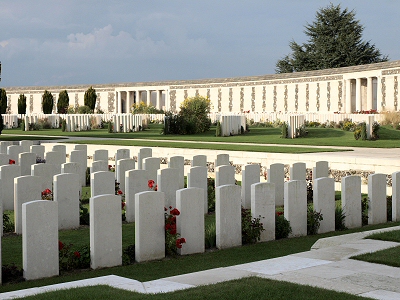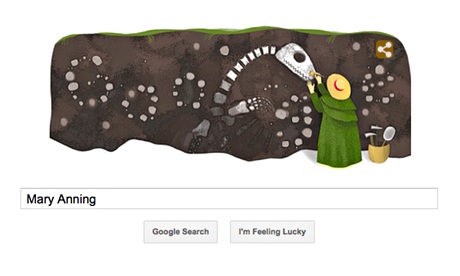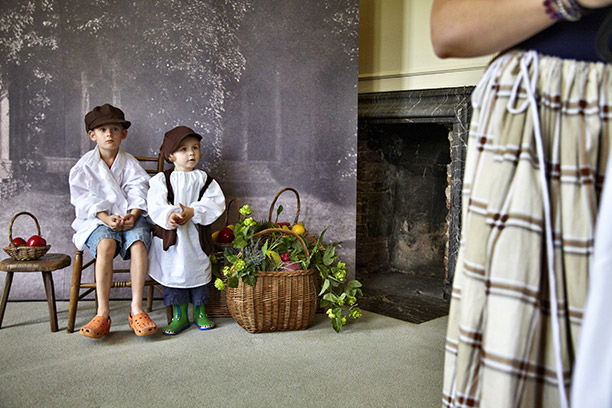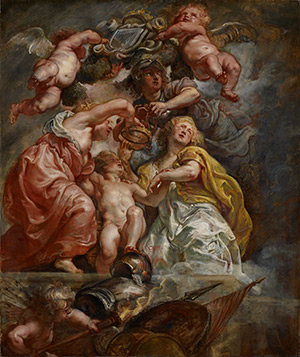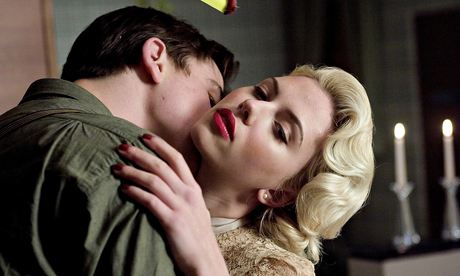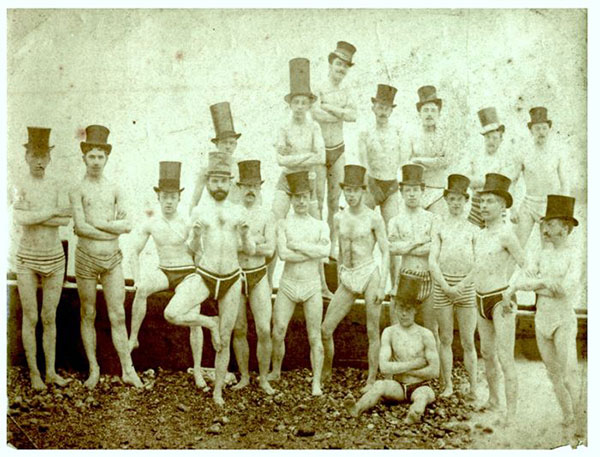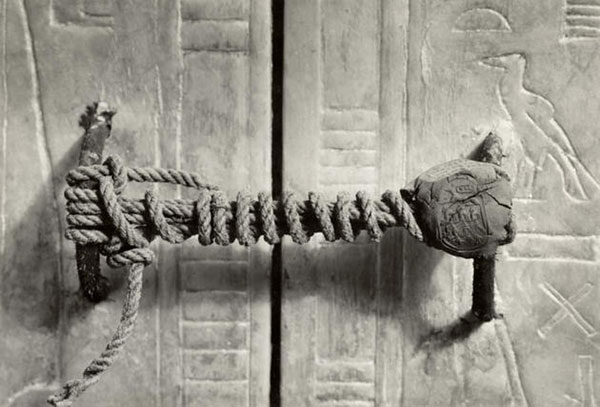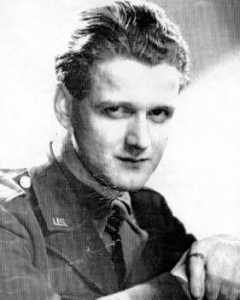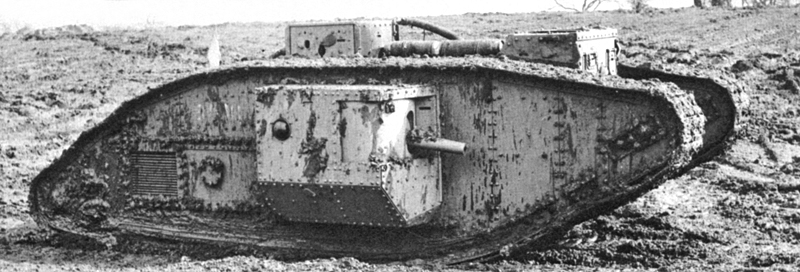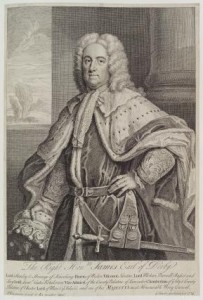![Disabled Ex-Service Men© IWM (Art.IWM PST 13806) Disabled Ex-Service Men© IWM (Art.IWM PST 13806)]()
It may feel a bit early to start talking about the long-term effects of the First World War on British society, but that was the subject of a recent edition of the BBC’s The Big Questions. In fact, geographically, the discussion ranged far more widely, to encompass Europe, America and the Middle East, as well as Britain and her empire. However, only a brief mention was made of one of the most profound social impacts of the war, the return of large numbers of servicemen to civil society suffering from physical and psychological disability.
The numbers of these men can be a bit hard to pin down. Although Robert Graves and Alan Hodge asserted in their 1940 social history The Long Week-End that ‘everyone who had served in the trenches for as much as five months, or who had been under two or three rolling barrages, was an invalid’ [1], the officially recognised war disabled were far less numerous. According to the official statistics compiled by T. J. Mitchell and G. M. Smith in the Medical Services: Casualties and Statistics of the Great War volume of the History of the Great War Based on Official Documents, by 1929 1,600,000 British former servicemen, or 27% of those who served in the armed forces, had been awarded a pension or gratuity by the British government for disabilities attributable to their war service. [2] When compared to the 704,803 officially recorded war dead from the British Isles, the significance of the impact that such a number of men suffering from physical and psychological injuries becomes apparent. This impact took a number of forms, from the political response which enshrined war pensions in statute through the rise in numbers and influence of philanthropic societies seeking to aid disabled ex-servicemen to the private ramifications that disability had for family relationships.
Widespread and on-going war disablement had wider cultural impacts as well, including an important impact on understandings of masculine identities. To a limited extent, some of this impact might be interpreted as progressive. For instance, the sheer number of men surviving severe wounding or illness to live lives in disabled bodies points to improvements in medical care throughout the war, although as Roger Cooter and Steve Sturdy point out, we must be careful about how far we take this argument. [3] However, the numbers of these men was certainly one factor which put pressure on the British government to provide some form of guarantee for men who had suffered injury as a result of war service. In 1917 war disability pensions became statutory, where previously they had been available only at the discretion of the individual armed services, and the Ministry of Pensions was created to administer them. The availability of pensions remained highly contingent, with many wounds and illnesses being ruled undeserving as either unattibutable to war service or a result of the injured man’s own actions. Nonetheless, this was an important acknowledgement by the state of its duty of care to the men who had suffered physical or mental injury explicitly in its service. It was a significant step in an ongoing process of renegotiating the relationship between the state and male citizens which had begun with debates over conscription.
More directly, the prevalence of war disability force British society to reevaluate its attitudes to disability more generally. The disabled could no long be categorized simply as inherently unfit, or simply be institutionalized and forgotten. Again, this argument should not be overstated. As Peter Barham has demonstrated in relation to those suffering from psychological disability, some men undoubtedly were institutionalized in just such a fashion, and fear and stigma remained a significant part of the life of the war disabled man. [4] Yet the public outrage which led to protests in Parliament over the treatment of men disabled by war as ‘common lunatics’ demonstrates a shift in social understandings of disability. Men whose disability arose from war service could still achieve a level of social acceptance rather than being labeled as embodiments of degeneracy as they might have been before the war.
Nor was this gradual acceptance of disability as reflecting more on war experience than on an individual’s inherent ability to fulfill masculine ideals limited to psychological disability. The need, both economic and social, to reintegrate the physically disabled ex-servicemen into society meant both the development of rehabilitative treatments for all those suffering from physical disabilities and the improvement in status of those whose disability was not attributable to war through their association with disabled ex-servicemen. There was a certain amount of valourisation of a disability acquired through the idealized masculine role of military service which could, in turn reflect on the wider group of disabled, helping to reposition them relative to acceptable masculine identities.
It is important not to overstate these arguments. For all these small improvements in care and social status, the impact of the war on individual masculine identities was, on the whole, profoundly negative. War disability entailed dramatic, sudden and profound losses. These losses were numerous and included the obvious loss of health and of the identity of soldier and defender of the nation that the disabled man had been embodied up the moment of his disablement. There was also the loss of independence, with many disabled servicemen finding themselves reliant on others, often women in the form of nurses, mothers and wives, to provide them with physical care. This loss struck at the heart of definitions of mature masculinity in the period, which independence and self-reliance were vital.
Related to the loss of physical and bodily independence was a loss of a working future and with it economic independence which had formed the core of many men’s sense of identity in civilian life. The sense of this loss of civil identity as a provider, for themselves and for their families, comes across powerfully in letters that men wrote to the Ministry of Pensions in the years after the war. Many of these letters detail the struggles that men faced in gaining and retaining paid employment. Schemes such as the King’s Roll, designed to give employment preference to disabled ex-servicemen, had limited impact in these years of high unemployment when, as one pensioner pointed out, ‘disabled soldiers are not over popular as candidates for jobs.’[5] Men suffering from psychological disability faced particular difficulties, with many men hiding their condition and the fact that they were receiving a pension for it, from employers and potential employers, for fear of the stigma still firmly attached to mental illness. For many pensioners, a pension might provide a small, limited acknowledgement of the state’s responsibility for their situation, but it could not compensate for the loss of financial independence and self-reliance that disability entailed. ‘I do not want a pension,’ J. J. Holland wrote in 1921. ‘I want to be clear of the whole thing, to go away and get well again.’[6]
The sense of loss of independence that men expressed in their complaints about relying on the vagaries and limits of the state pension system was even more profound for men those who turned to charitable institutions for aid and support. Numbers of these sprang up, including men still in existence such as St. Dunstan’s Hostel (now Blind Veterans UK), the Ex-Servicemen’s Welfare Society (now Combat Stress) and the Limbless Ex-Service Men’s Association (now BLESMA). While such institutions could and did provide much needed financial support, legal lobbying and rehabilitative training, the fact that they were charitable organisations had profound impacts on the masculine status of the men they supported. It was not simply that seeking charity was the antithesis of masculine independence and self-reliance, that pillar of ideal civil masculinity. It was also the fact that charitable giving gave the giver considerable power over the recipient. As Deborah Cohen has demonstrated, many charities for disabled ex-servicemen used this power to enforce a particular identity upon the disabled men in their care.[7] These men were expected to inhabit roles that were passive, dependent, a-sexual and, above all, ‘cheerful though wounded’. In short, they were defined not as men, but as children. Men who resisted, as several did, were denied support, forcing them to either submit to a definition of disability that positioned them as unmasculine or to face an often unfriendly world without support and a reputation for ingratitude.
For all the small steps towards a greater understanding and wider acceptance of disability that the sheer numbers of men disabled by war entailed, therefore, the post-war reality for war-disabled men was often bleak. War had robbed them of bodily and mental health; post-war society seemed determined to rob them of their sense of masculine identity as well.
Dr Jessica Meyer is a Wellcome Trust Research Fellow in the History of Medicine and Medical Humanities. She graduated from Yale University in 1999 and has an MPhil in European Studies and a PhD in Modern History from the University of Cambridge. Her book, Men of War: Masculinity and the First World War in Britain was published by Palgrave Macmillan in 2009 and her blog about her research can be found here.
[1] Robert Graves and Alan Hodge, The Long Week-End: A Social History of Great Britain 1918-1939 (1940), p.16.
[2] T. J. Mitchell and G. M. Smith, Official History of the War: Medical Services: Casualties and Statistics (1931), p.316.
[3] Roger Cooter and Steve Sturdy, ‘Of War, Medicine and Modernity: Introduction’ in Roger Cooter, Mark Harrison and Steve Sturdy (eds.), War, Medicine and Modernity (1998), pp.6-7
[4] Peter Barham, Forgotten Lunatics of the Great War (2004).
[5] J. J. R. Larkin, Letter to the Secretary, Ministry of Pensions, 16th July, 1924, The National Archives, PIN 26/19942.
[6] J. J. Holland, Letter to the Director General of Awards, Ministry of Pensions, 2nd July, 1921, The National Archives, PIN 26/21791.
[7] Deborah Cohen, The War Come Home: Disabled Veterans in Britain and Germany 1914-1939 (2001).




